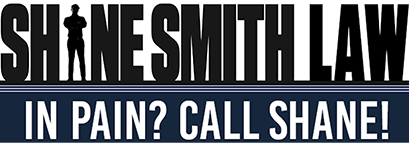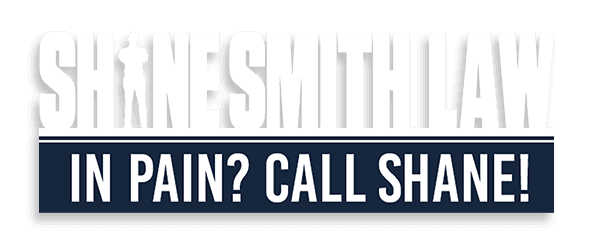According to the Department of Transportation Federal Motor Carrier Safety Administration Analysis Division, 31 percent of large truck accidents in 2009 were caused by truck driver-related factors including speeding, distracted driving and failing to maintain the proper lane. If you are the victim of a truck accident it is important to have an experienced truck accident attorney in Clayton County who can get the proper compensation.
Though many truck accidents occur because of driver error, a significant number are caused by automobile drivers misjudging or forgetting a truck's blind spots. There are extensive areas on both sides of a tractor trailer where the driver cannot see automobiles with his mirrors. The space immediately behind a truck is also invisible to the truck's driver. The space immediately in front of the truck cannot be seen by the driver due to the truck's height above the road.
Truck blind spots are called No-Zones. Federal regulations require that tractor trailers contain No-Zone warnings so automobiles can be alerted to maintain safe distances. The Federal Motor Carrier Safety Administration (FMCSA) initiated a public service program almost 20 years ago to alert drivers to the dangers of No-Zones. Despite this, No-Zones remain a leading cause of truck accidents.
The American Trucking Association (ATA) suggests several measures for automobile drivers who share the road with tractor trailers:
- Avoid prolonged driving adjacent to a truck
Trucks have extensive No-Zones. The ATA recommends either passing a truck or remaining a significant distance behind the truck to ensure visibility to the truck's driver.
- Allow a greater following distance
The following distance behind a truck should be larger than that for an automobile. The Georgia Department of Motor Vehicles advises a two-second following rule when following automobiles; this should be even greater for a tractor trailer. Trucks may stop suddenly and leaving insufficient following distance increases the chances of a rear-end accident.
- Pass trucks on the left, never on the right
Truck blind sports, while significant on both sides, are smaller on the left side than on the right because the truck's driver is on the left. Truck drivers expect vehicles to pass on the left; the ATA recommends being as predictable as possible around trucks.
- Never cut off a tractor trailer
A truck's size and weight requires greater stopping distance than an automobile traveling the same speed. Truck drivers cannot see automobiles that are too close to the front of the truck due to the cab's height. The ATA recommends that automobile drivers merge in front of a tractor trailer only after the truck's front end is visible in a rearview mirror.
If you or someone you know has been hurt by a distracted truck driver, meet with a truck accident lawyer at Shane Smith Law. We can assist you in every stage of your case including obtaining the available evidence.

